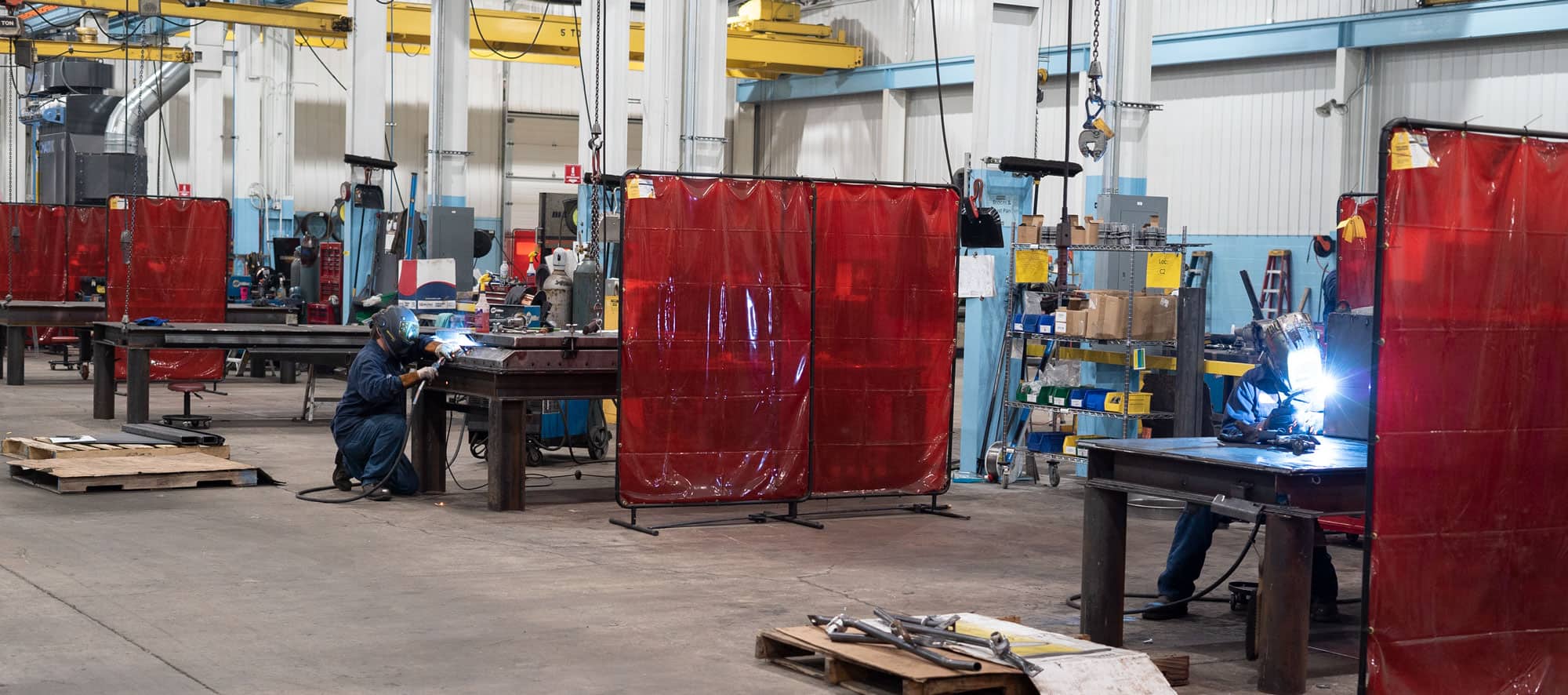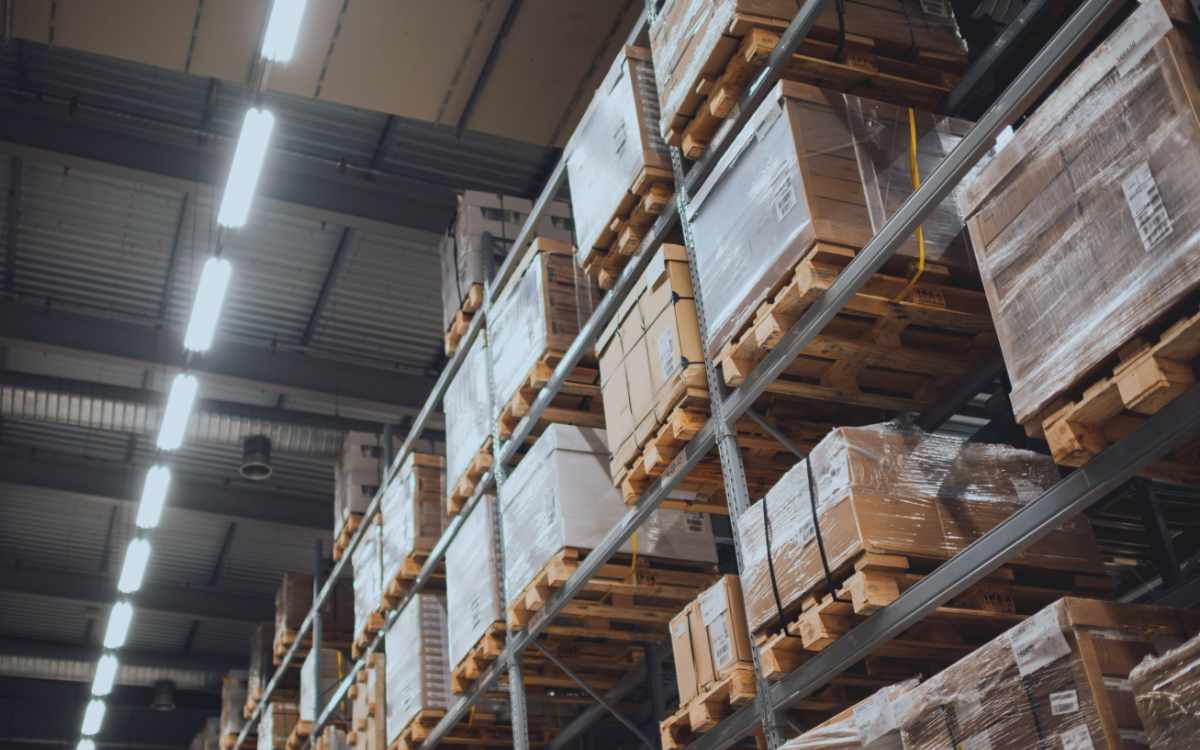When your facility has a problem with accumulated dust, general housekeeping can take up a lot of valuable time. An industrial central vacuum system greatly cuts down on dust cleanup time. This type of system is also more NFPA compliant and safer. Instead of brooms and shop vacs, look at a central dust collector to keep your facility clean.
Central Systems for NFPA and OSHA Compliance
OSHA’s National Dust Emphasis Program has been on the scene since 2007. Two years after implementing it, OSHA reported that poor housekeeping made up a large percentage of the violations. Other violations included accumulated dust on surfaces, visible dust clouds, and using compressed air to blow the dust off surfaces.
The most recent NFPA standards for combustible dust handling recommend dust control equipment like central industrial vacuum systems. You may not use compressed air to get rid of accumulated dust. You also may not use any types of vacuums or other industrial suction machines unless they are designed for industrial, combustible dust use.
If your facility has dust accumulation, you may need an industrial vacuum dust collector. Other signs include visible dust or smoke in the air. If you use compressed air to blow the dust off surfaces, you need a safer way to deal with this problem.
Saving Time and Money with an Industrial Central Vacuum System
Housekeeping tasks take workers away from their regular jobs. Sweeping, vacuuming, and clearing dust eats up hours of useful work time. Also, since most people don’t like housekeeping tasks, they are often neglected.
Dust can build up quickly inside a facility. In many cases, an easily controlled equipment fire ignites accumulated dust. These secondary explosions kill and injure more people than the first, smaller one. Dust built up on overhead structures can ignite and fall on people as they try to escape.
An industrial central vacuum system will remove dust from the air before it can settle. Without dust all over the floor and floating around, you’ll spend much less time on housekeeping tasks. In our shop, where we use central industrial vacuum systems, there’s no dust built up in corners or overhead. Housekeeping requires a quick sweep under some of the workstations at the end of the day.
When workers can spend more time doing their jobs and less time cleaning up dust, your business works more efficiently. A central dust and fume extraction system can work constantly to clean the air. This eliminates the need for constant sweeping and vacuuming. It also greatly decreases the risk of an accident, preventing harm to workers and damage to buildings and equipment.
Choosing and Installing a Central Vacuum System
Several factors will affect which industrial dust collection system you need. While you will certainly consider the cost, don’t make the choice based just on saving money. Some companies deliberately design an undersized system that can’t handle the necessary airflow.
An undersized central vacuum system costs less, but it cannot move enough air to keep your work area clean. Also, a low-budget system may use cheap filters that need replacing more often. Filters have a much longer life in a well-designed system.
Installing an industrial central vacuum system usually requires installing ductwork or vents that pull the air through the dust collector filters and return it to the building. Often, this is set up as a “push-pull” system where vents on one side of the building push clean air in, while on the other side they pull dirty air out.
The type of dust in your facility is another important factor. Some materials produce toxic or harmful dust that must be removed at the source. This requires a source capture system, which captures dust and fumes at the spot where they’re produced.
Call and ask one of our experienced system designers to assess your facility. They will help you decide if an industrial central vacuum system will work for you. Many factories produce a lot of dust, and they rely on this kind of system to maintain air quality.



